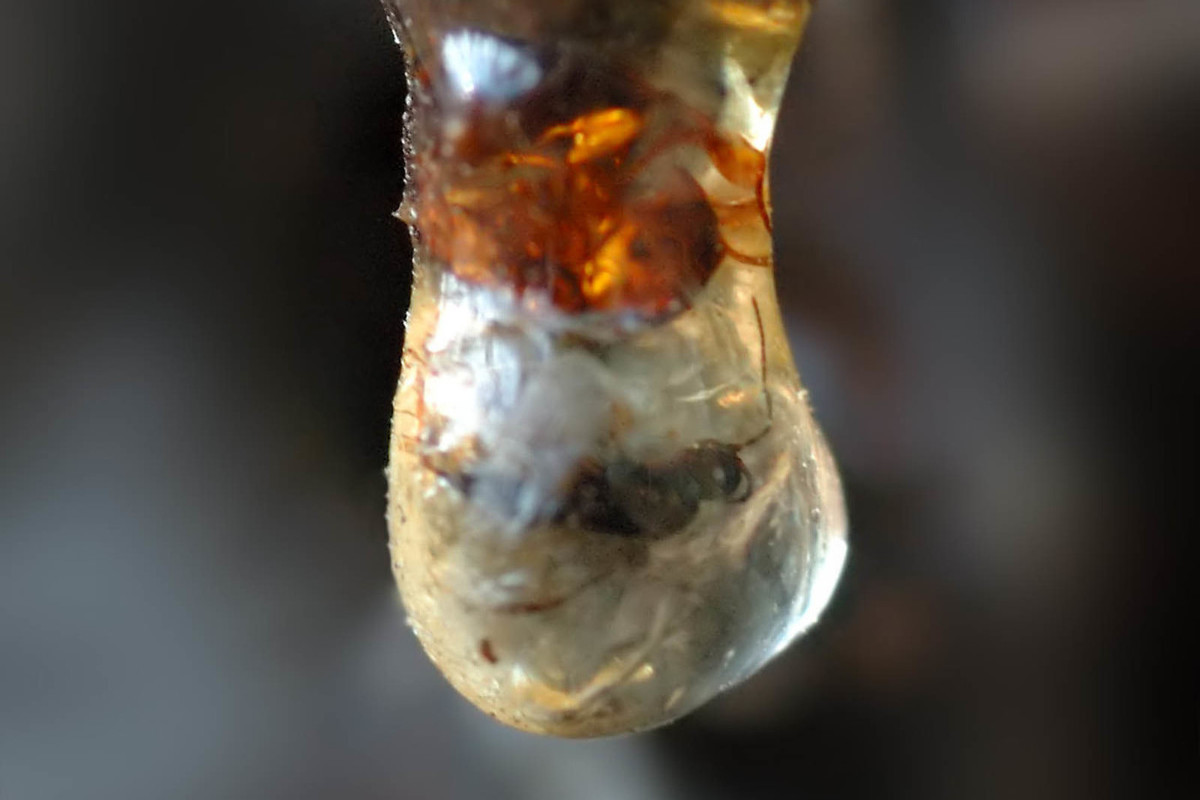Ancient “chewing gum” sheds surprising light on the lives of Stone Age teenagers
[ad_1]

Discovered traces of DNA reveal the diet of distant ancestors
Traces of DNA found on pieces of tree resin used as chewing gum in the Stone Age suggest that trout and hazelnuts were popular among prehistoric northern Europeans 10,000 years ago.
DNA obtained from a type of “chewing gum” used by teenagers in Sweden 10,000 years ago sheds new light on Stone Age diet and oral health, according to a study.
According to The Guardian, the lumps of ancient “chewing gum” are made from pieces of birch bark, a black resin similar to tar, and they clearly show teeth marks.
They were found 30 years ago alongside bones at the 9,700-year-old Huseby Klev archaeological site north of Gothenburg in western Sweden, one of the country’s oldest human fossil sites, The Guardian notes.
Hunter-gatherers likely chewed the resin “to use it as glue” to make tools and weapons, says Anders Göterström, co-author of the study published in Scientific Reports.
“This is the most likely hypothesis – they could have been chewed just because they liked them, or because they thought they had some kind of medicinal purpose,” the scientist said.
“There were several samples of chewing gum, and both men and women were chewing them. Most of the samples appeared to have been chewed by teenagers. There was some kind of age manifestation in this,” said Geterström.
A previous study of chewing gum, conducted in 2019, revealed the genetic profile of people who chewed it.
This time, Göterström and his team of paleontologists from Stockholm University were able to determine, again from DNA found in chewing gum, that the diet of Stone Age teenagers included venison, trout and tree nuts. Traces of apples, duck and fox meat were also found.
“If we take a human bone, we get human DNA. We can take the teeth and then we’ll get a little more. But here we get DNA from what they chewed previously,” explains Anders Göterström. “You can’t get it any other way.”
In addition, in one piece the teenage girl chewed, researchers found a range of bacteria indicating a severe case of periodontitis, a severe infection of the gums.
“Her teeth probably started falling out soon after she chewed that gum. She must have been hurt too,” Geterstrom said. “You have the imprint of the mouth of a teenager who chewed it thousands of years ago. If you want to put some philosophical angle into it, for us it connects artifacts, DNA and people.”
[ad_2]
Source link








